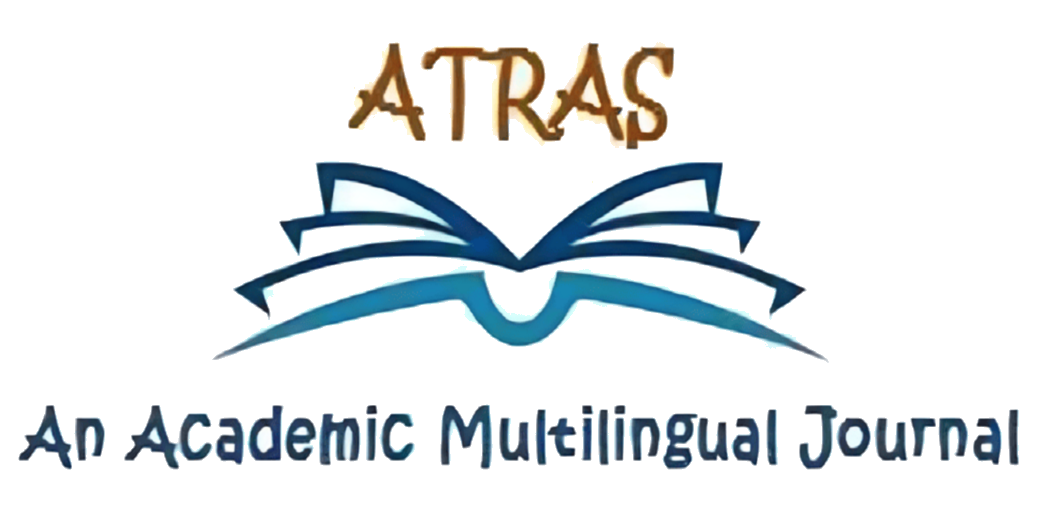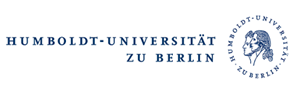Title: A Cognitive Semantic Analysis of Metaphoric Expressions in Fulfulde
Amodu, Eneojoh Jonah & Abdullahi Hadiyyah
Department of English and Literary Studies
Ahmadu Bello University, Zaria
Abstract
Cognitive semantics sets out to explore the nature of human interaction with awareness of the external world and build a theory of conceptual structure. This aligns with how humans experience the world. In doing this, the central aim of this paper focuses on the cognitive semantic analysis of metaphorical expressions in Fulfulde. This paper adopts Deliberate Metaphor Theory as a theoretical framework, and the population covered in the data sampling is Adamawa State Nigerian speakers of Fulfulde. Some of the striking findings include the following: when conceptualizing metaphor, Fulfulde speakers do not follow the pattern that the target domain projects and; that the relationship between the components of metaphor does not solely rely on physical experiences of the world. The paper concludes that Fulfulde’s culture plays a vital role in producing a conceptual metaphor, Fulbe, believes that marriage is between and among humans and of the opposite sex, unlike other cultures.
Keywords:
cognitive, communication, context, Fulfulde, metaphor, semantic
How to Cite this Paper:
Amodu, E. J., & Abdullahi, H. (2023). A Cognitive Semantic Analysis of Metaphoric Expressions in Fulfulde. Atras Journal, 4(1),28-43
References
Arnott, D. W. (1970). The nominal and verbal systems of Fula. Oxford: Clarendon Press.
Black, C (1993). Metaphor and Thought. Cambridge: CUP
Charteris-Black, J. (2004). Corpus Approaches Critical Metaphor Analysis. Basingstoke: Palgrave Macmillan.
Evans, V. & Green, M. (2006). Cognitive Linguistics: An Introduction. New Jersey: Lawrence Erlbaum Associates.
Geeraert, D., & Hubert, C. (2007). The Oxford Handbook of Cognitive linguistics. Oxford: Oxford University Press.
Gibbs, R.W. (Ed.). (2008). The Cambridge handbook of metaphor and thought. Cambridge: Cambridge University Press.
Gibbs, R., & Steen, G. (1994). Metaphor in cognitive linguistics. Amsterdam: John Benjamins Publishing Company.
Koki, H, A. (2017). A Cognitive Semantic Study of Hausa Metaphorical Expression as used by Kano State Politicians, (Unpublished. Master’s Thesis). Ahmadu Bello University. Nigeria.
Hawkes, T C (1972). Metaphor: Great Britain. Cox and Wyman Ltd Fakenham, Norfolk.
Jabaka, K, U. (2004). Comparative Analysis of Fulfulde and English Morphological process, (Unpublished. Master’s Thesis). Ahmadu Bello University. Nigeria
Ivir, V. (1987). Procedures and Strategies for the Translation of Culture. Indian Journal of Applied Linguistics, 13(2), 35-46.
Mark, J.(2007). The Meaning of the Body: Aesthetics of Human Understanding. Chicago:University of Chicago Press
Knowles, P., & Moon, G. (2006). Introducing Metaphor. New York: Routledge.
Kovecses, Z.(2011). Methodological issues in conceptual metaphor theory. Amsterdam: John Benjamins Publishing Company.
Lakoff, G., & Johnson, M. (1980). Metaphors We Live By. Chicago: The University of Chicago Press.
Matsuki, K. (1995). Metaphors of anger in Japanese: Language and the cognitive construal of the world, (Unpublished. Master’s Thesis) Berlin: Mouton de Gruyter.
Miller, G. A. (1979). Images and Models, Similes and Metaphors. Metaphor and Thought. Cambridge: Cambridge University Press.
Muskoky, I, A. (1984). The sound and morphemes of Fulfulde, (Unpublished Doctoral dissertation). University of Khartoum.

Copyright for all articles published in ATRAS belongs to the author. The authors also grant permission to the publisher to publish, reproduce, distribute, and transmit the articles. ATRAS publishes accepted papers under the Creative Commons Attribution-NonCommercial 4.0 International (CC BY-NC 4.0) License. Authors submitting papers for publication in ATRAS agree to apply the CC BY-NC 4.0 license to their work. For non-commercial purposes, anyone may copy, redistribute material, remix, transform, and construct material in any media or format, provided that the terms of the license are observed and the original source is properly cited.







































































